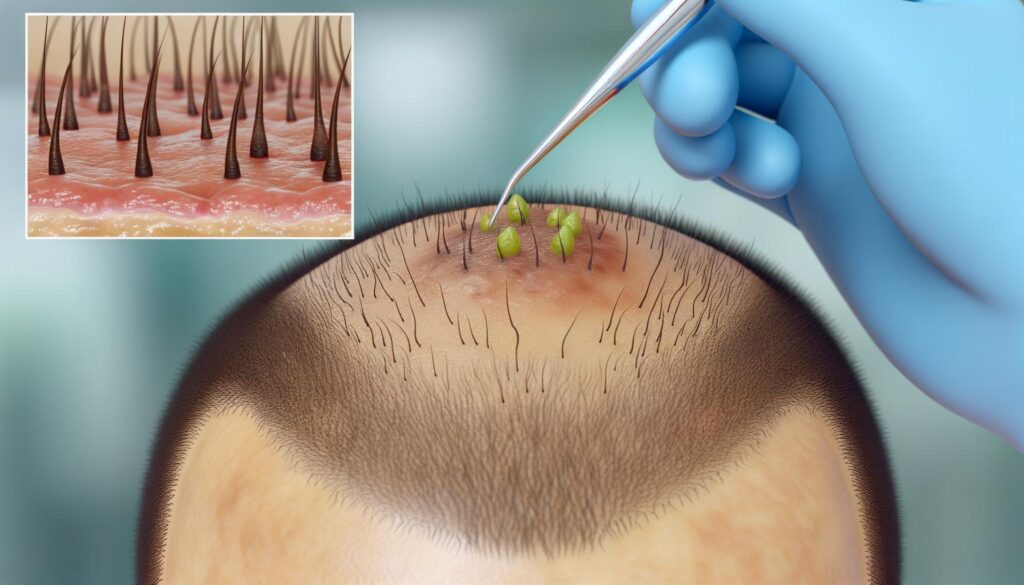Exploring Hair Transplant: A Journey to Restore Confidence
Understanding Hair Transplant Procedures
Hair transplant is a surgical procedure aimed at treating hair loss and balding. It involves transferring hair follicles from a part of the body, known as the ‘donor site’, to the bald or balding part of the body, referred to as the ‘recipient site’. This technique is primarily used to treat male pattern baldness, but it can also be applied to restore eyelashes, eyebrows, beard hair, chest hair, and to fill in scars. The two most common methods of hair transplant are Follicular Unit Transplantation (FUT) and Follicular Unit Extraction (FUE). FUT involves removing a strip of scalp from the donor area and then extracting individual follicular units, while FUE involves extracting individual follicular units directly from the scalp.

The Benefits and Considerations of Hair Transplant
Choosing to undergo a hair transplant comes with several benefits. Primarily, it offers a long-term solution for those experiencing hair thinning and balding. Recipients of hair transplant procedures often report increased self-confidence and satisfaction with their appearance. Additionally, hair transplants provide natural-looking results; since the hair used is taken from the patient’s own scalp, it grows naturally and matches their hair pattern. However, it’s important to weigh the pros against the cons. Some considerations include the cost of the procedure, the need for multiple sessions to achieve desired results, and the potential for minor side effects like swelling or scarring. Consulting with a qualified professional and understanding the entire process is crucial before making a decision.
The Process: What to Expect Before, During, and After
Before undergoing a hair transplant, a comprehensive consultation with a specialist is essential. This conversation will typically cover the patient’s medical history, expectations, and the most suitable type of transplant method. On the day of the procedure, the medical team will start by numbing the donor and recipient areas with local anesthesia to minimize discomfort. During the procedure, healthy hair follicles are removed from the donor area and meticulously transplanted to thinning or balding parts of the scalp. After the surgery, patients may experience some swelling or discomfort, but these symptoms usually subside within a few days. Post-operative care is crucial, including following guidelines for washing and avoiding certain activities to ensure optimal healing.
Hair Transplant for Women: A Growing Trend
While hair transplants are commonly associated with men, more women are opting for this procedure as a solution to hair thinning and loss. Women face unique hair loss patterns, often characterized by overall thinning rather than receding hairlines or balding patches. For women, hair transplants can significantly improve hair density and restore the fullness of their hair. Whether addressing genetic thinning or loss due to hormonal changes, hair transplant procedures offer women an opportunity to regain their confidence. Despite differences in hair loss patterns between genders, the methods of transplantation remain similar, and specialists can tailor the procedure to meet the specific needs of female patients.
Choosing the Right Hair Transplant Clinic
Selecting the right clinic and surgeon can significantly impact the success of a hair transplant. It is important to conduct thorough research and choose a clinic with a strong reputation for quality and patient satisfaction. Prospective patients should consider factors such as the surgeon’s experience, past patient testimonials, and the clinic’s accreditation. Additionally, during initial consultations, it is vital to ask comprehensive questions about the procedures, recovery time, and expected outcomes. Many clinics offer before-and-after galleries that showcase their work, providing insight into the quality of their results. By choosing a reputable clinic, individuals can increase the likelihood of achieving a natural-looking and satisfactory outcome.
